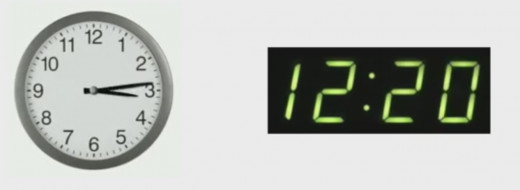The Analog and Digital Lives We Live

Did you know that new calendars, appointment books, and planners had increased sales of nearly 10 percent over 2014-2015 amounting to nearly a half-billion dollars?
Did you know that over a half-billion print books were sold in 2015, nearly four percent more than the previous year while e-book sales fell?
Did you know that the sale of vinyl records, board games, film photography and paper journals have increased annually over past few years?
The resurgence of analog products in the midst of a digital revolution in how we now live is a marker, an early sign of millions of people (and I include myself) figuring out what’s important in living a life fully in a world that has become increasingly digital.
Feeling the pages of a book, having a watch with numbers and a sweep second hand, playing Monopoly and chess on an actual board with others, taking family photos with an actual camera– while easy to dismiss as whiny nostalgia–are signs of many people figuring out pathways to a life that mixes the analog and digital.
The persistence of the analog also means that interacting with people at work, at Costco, in a hospital and home care, in churches, playgrounds, in bars and at home matters a great deal. Face-to-face relationships are analog. They are the bonds that bind each of us to one another in families, among intimate friends, neighborhoods, and workplaces. They matter far more than Facebook “friends.”
Consider the helping professions (e.g., doctors, therapists, nurses, ministers, social workers, teachers). Doctors and nurses have patients; therapists and social workers have clients; ministers, rabbis and imams have congregants, and teachers have students. Each of these professionals is immensely aided by new technologies they use daily yet their work depends upon human interaction and unfolding relationships. And in these relationship-bound professions is where the analog and digital intertwine. Not either/or, one or the other–analog and digital easily mix in these helping professions. And it is in schools especially The Analog and Digital Lives We Live | Larry Cuban on School Reform and Classroom Practice:
